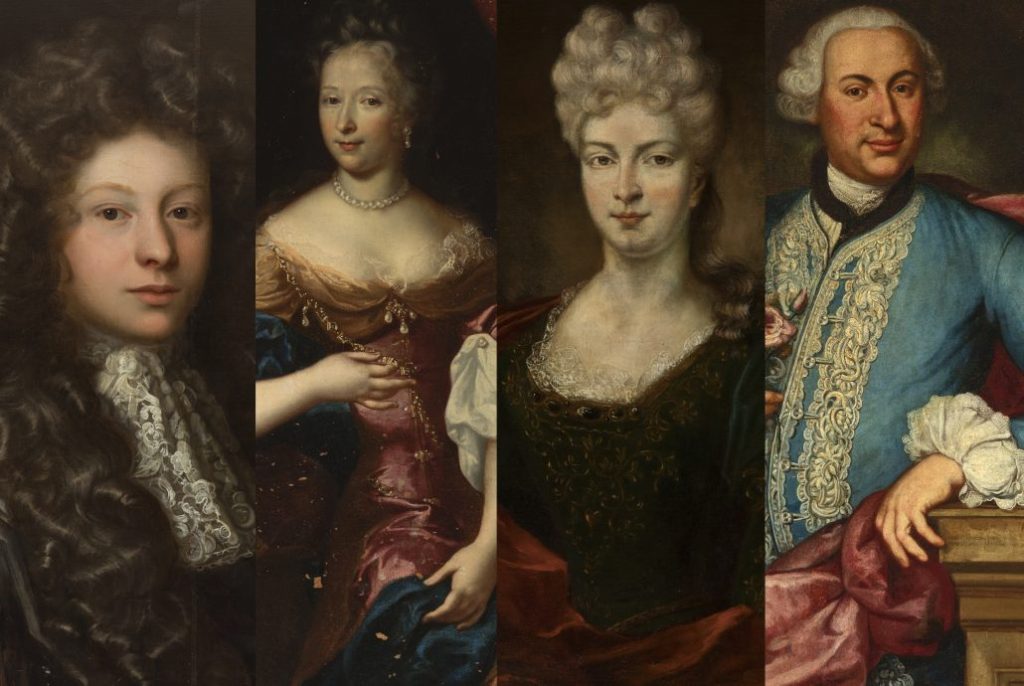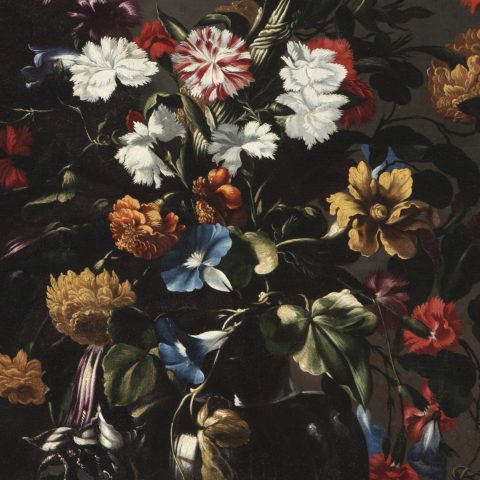What do 18th century court portraits and today’s selfies have in common?
We live in the age of image, where creating content and showing the best version of ourselves through social networks has become commonplace. We know that this letter of introduction often does not reflect the reality as filters, retouching and Photoshop are accessible and close tools. However, the need to offer the best possible image has accompanied human beings throughout history. Just as paint was an essential tool for this purpose in the past, today digital technologies are an essential tool for this purpose.

Each era and region has its traditions and influences and, like fashion, they exert an important weight on the art and genre of portraiture. As a first example, let’s take the following English chart. It responds to the patterns created by the master Peter Lely, who in turn was strongly conditioned by his predecessor Sir Anton Van Dyck. In this type of court portrait, the same patterns are often maintained; a slightly turned face with the gaze directed at the viewer, the neutrality of the background and a long wig in the case of men or a subtle up-do in the case of women. The costumes are shown pompous and bulky as a cape to indicate a special dignity such as membership in a knightly order. It is important to keep this in mind since the portrait should serve as a letter of introduction to the origin and social prestige. Titles, positions and blood must have been clearly present.
This is evidenced with greater quality in the following lady.
The woman is presented holding a long gold chain adorned with stones and pearls. The luxury of the jewels and the velvet, silk and lace fabrics act in a similar way to the haute couture brands with their emblematic logos. Economic power was to be evident through these attributes and the context of the scenario. The imaginary space does not correspond to a real place, but is a conventionalism used repeatedly. Theatrical canvases and perspectives are constant in portraits throughout the 18th century. The influence of painters such as Rigaud, Gobert and Largillière was decisive for the rest of Europe, and French royal tastes were imitated both by other monarchies and by their subjects.

The coat of arms painted in the upper left corner indicates belonging to the nobility. The assignment of a work to an eminent family, or its inclusion in a family collection, was a source of pride for both the collector and the heirs. Thanks to these emblems, we can often trace the origins and traceability of a work.
The idealized faces, the ostentatious luxury, and the theatrical gestures of the environments and poses are some of the most common features of eighteenth-century portraiture. This heritage is still present today. The beauty imagined by man through art and technology is something that is part of our essence and defines us, regardless of time or condition.
This selection of portraits belongs to our Old Masters auction, open for bidding until July 25. Explore the entire catalog of the collection here.









